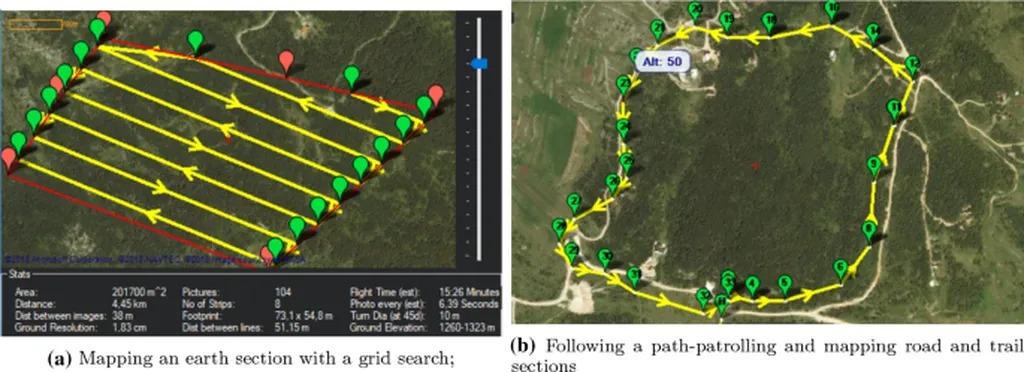In the ever-evolving landscape of energy infrastructure, the safety and stability of high-voltage transmission lines are paramount. As power grids expand and ultra-high voltage (UHV) projects advance, these lines increasingly traverse complex micro-terrain areas, where localized topographic features can amplify meteorological risks such as conductor icing and galloping. Accurate terrain identification is crucial for enhancing the disaster resilience of these critical energy conduits. A recent study published in the journal *Energies* offers a groundbreaking solution to this challenge, leveraging deep learning to revolutionize micro-terrain recognition for high-voltage transmission lines.
The research, led by Ke Mo of the Xuefeng Mountain Energy Equipment Safety National Observation and Research Station at Chongqing University, introduces a novel deep learning framework designed to address the limitations of conventional recognition methods. Traditional approaches often overlook the spatial alignment of transmission lines, which can hinder their effectiveness in identifying and mitigating potential hazards. Mo’s team developed a dual-branch network architecture equipped with a cross-branch spatial attention mechanism, enabling the model to explicitly capture the spatial correlation between transmission lines and surrounding terrain.
“This spatial attention mechanism allows us to focus on the most relevant terrain features along the line corridor, significantly improving recognition accuracy,” Mo explained. The model utilizes line alignment information to guide attention, ensuring that the spatial relationship between the transmission lines and the terrain is accurately modeled. To train and evaluate the model, the researchers constructed a semi-synthetic dataset comprising 6495 simulated samples and 130 real-world samples. The results were impressive, with the model achieving classification accuracies of 94.6% on the validation set and 92.8% on real-world test cases, outperforming conventional baseline methods.
The implications of this research for the energy sector are substantial. Accurate micro-terrain recognition can enhance the disaster resilience of transmission lines, reducing the risk of outages and improving overall grid stability. This is particularly important for UHV projects, which are critical for transmitting large amounts of electricity over long distances. By integrating this advanced recognition framework into existing infrastructure, energy companies can proactively identify and mitigate potential hazards, ensuring the reliable delivery of power to consumers.
“This technology has the potential to transform how we approach power grid safety,” Mo noted. “By leveraging deep learning and spatial attention mechanisms, we can create more resilient and efficient energy systems that are better equipped to handle the challenges posed by complex terrain.”
The study’s findings were published in the journal *Energies*, a peer-reviewed publication that focuses on energy-related research. As the energy sector continues to evolve, the integration of advanced technologies like deep learning and spatial attention mechanisms will play a pivotal role in enhancing the safety and efficiency of power transmission systems. This research not only highlights the importance of accurate terrain recognition but also paves the way for future developments in the field, offering valuable insights for energy professionals and researchers alike.

